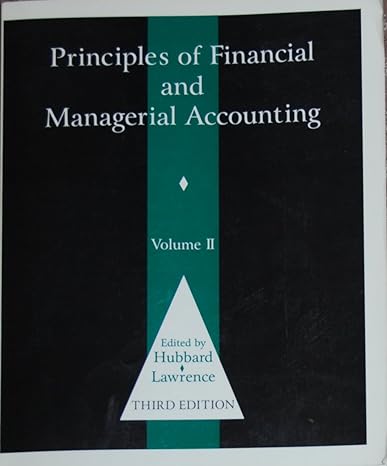Question
After a long meeting in an ofice building in Maryland with some executives of the company, Jane enters an elevator in the building owned by
After a long meeting in an ofice building in Maryland with some executives of the company, Jane enters an elevator in the building owned by Hi-Flyer, Inc., and presses the button for the floor she wants to reach. The doors to the elevator close and suddenly the elevator goes into free fall, stopping abruptly at the lobby. Jane is seriously hurt and sues Hi-Flyer for damages. Upon receipt of the complaint, Hi-Flyer moves for summary judgment, noting that, while it is clear that Jane did fall, she has never proven, or for that matter even offered a theory as to why the elevator functioned incorrectly. Therefore, argues Hi-Flyer, there is no evidence that they were at fault. If Jane decides to amend her complaint and propose a theory, which of the follwing would form parts of Jane's theory of the case?
| The falling elevator is clearly an example of the tort of criminal negligence. | ||
| Res Ipsa Loquitur. | ||
| Jane was an invitee and High Flyer thus owed her the highest duty of care, including regular inspections to discover potentially dangerous conditions in their building that they might not otherwise be aware of. | ||
| All of the above. | ||
| Both 1 and 2. | ||
| Both 2 and 3. |
Step by Step Solution
There are 3 Steps involved in it
Step: 1

Get Instant Access to Expert-Tailored Solutions
See step-by-step solutions with expert insights and AI powered tools for academic success
Step: 2

Step: 3

Ace Your Homework with AI
Get the answers you need in no time with our AI-driven, step-by-step assistance
Get Started


